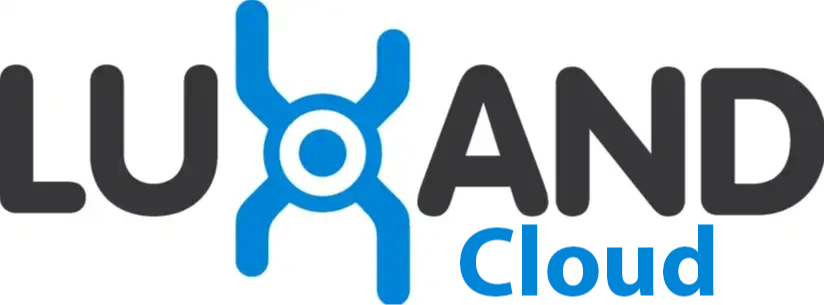
Best Image Recognition APIs 2024
Image recognition technology has become a cornerstone of many modern applications, transforming industries like e-commerce, security, healthcare, and entertainment. With the ability to detect objects, identify faces, read text, and even analyze emotions, image recognition APIs are essential for automating visual data processing and improving user experiences. In this blog post, we'll explore the best image recognition APIs available today, highlighting their key features, use cases, and how they can help businesses harness the power of artificial intelligence to streamline operations and innovate across various sectors. Whether you're building a simple app or a large-scale solution, the right API can make all the difference.
Key Features to Look for in Image Recognition APIs
When choosing an image recognition API, it's essential to focus on certain key features that will impact the performance and usability of your project. Below are five critical factors to consider when selecting the right image recognition API for your needs.
Accuracy and Speed
At the heart of any image recognition API is its ability to deliver accurate results. The precision with which an API can identify objects, faces, or patterns in images directly affects the success of your application. Whether you’re building a security system or an e-commerce platform, the accuracy of the image recognition tool can make or break the user experience. In addition to accuracy, speed is equally important—users expect instant results. An API that balances high accuracy with quick response times is a must, especially for real-time applications.
Scalability and Flexibility
As your application grows, the image recognition API you choose should be able to scale with it. Whether you're handling a handful of images or processing thousands daily, the API must offer seamless scalability without compromising performance. Flexibility also plays a crucial role here—support for custom models, the ability to adapt to various use cases, and compatibility with different types of data sources ensures that the API will meet evolving business needs. APIs that provide flexible deployment options—whether on-premise or in the cloud—give developers more control over their environments and workflows.
Data Security and Privacy
In today's world, where data breaches and privacy concerns are prevalent, ensuring that your chosen API upholds strong security measures is vital. Many image recognition APIs process sensitive information, including personal data. Therefore, the API should comply with industry standards like GDPR or HIPAA, and provide encryption for data in transit and at rest. This is especially important if you’re working with facial recognition, medical imaging, or any application involving personal data. APIs that prioritize privacy by allowing local processing or offering strong user consent mechanisms stand out in this regard.
Support for Multiple File Formats
In real-world applications, images come in a variety of formats, from JPEGs and PNGs to more specialized files like TIFF or RAW. The ability of an image recognition API to handle different image formats broadens its utility across diverse industries and use cases. An API that supports a wide range of file types not only makes integration smoother but also eliminates the need for format conversions, which can degrade image quality and slow down processing.
Integration and API Documentation
Finally, ease of integration is a crucial aspect when selecting an image recognition API. Well-documented APIs with clear instructions, code examples, and developer support enable quicker implementation and minimize potential issues during integration. Comprehensive documentation that covers various programming languages and frameworks ensures that developers can seamlessly integrate the API into existing systems. APIs that offer SDKs, libraries, or plugins for popular platforms (like Python, JavaScript, or mobile app development) further enhance the development experience.
Top Image Recognition APIs in 2024
Luxand.cloud
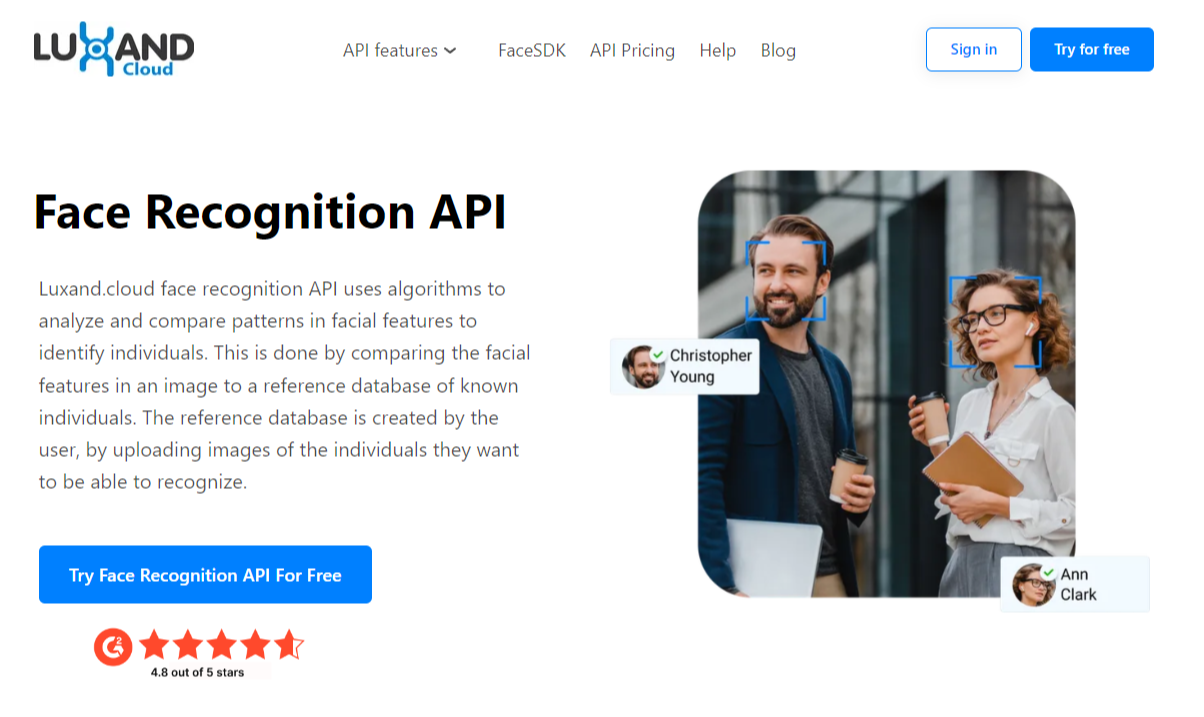
Luxand.cloud API is a specialized image recognition solution focused primarily on facial recognition and biometric analysis. It offers a suite of features such as face detection, emotion recognition, age estimation, and facial landmark identification, making it an excellent choice for applications in security, authentication, and personalized user experiences. With its ability to handle large databases of faces efficiently, Luxand.cloud is well-suited for industries like surveillance, event management, and customer service.
What sets Luxand.cloud apart is its ease of integration and the ability to work across multiple platforms, including web, mobile, and desktop applications. With flexible pricing options and a straightforward API, it provides developers with the tools they need to implement advanced facial recognition capabilities quickly and efficiently.

Google Cloud Vision API
Google Cloud Vision API is a powerful tool that enables developers to analyze and understand images using machine learning models. It offers a wide range of features, including object detection, facial recognition, optical character recognition (OCR), and label detection, making it highly versatile for various applications. Whether you need to classify images, extract text, or detect logos and landmarks, the API provides accurate and fast results, ideal for both large-scale and small-scale projects.
One of its standout benefits is seamless integration with other Google Cloud services, allowing developers to build comprehensive AI-powered solutions with ease. With robust documentation, flexible pricing, and support for custom models, Google Cloud Vision API is a go-to solution for businesses and developers looking to add advanced image recognition capabilities to their apps.
Amazon Rekognition
Amazon Rekognition is a highly scalable image and video analysis API that leverages deep learning to perform tasks like object detection, facial recognition, and content moderation. It offers a comprehensive set of features, including the ability to analyze emotions, detect inappropriate content, and recognize text in images. This makes it ideal for a wide range of industries, from media and entertainment to security and retail.
A key advantage of Amazon Rekognition is its seamless integration with AWS services, allowing developers to easily incorporate image and video analysis into their existing cloud infrastructure. Its pay-as-you-go pricing model ensures flexibility and cost efficiency, making it a popular choice for businesses of all sizes looking to add AI-powered visual recognition to their applications.
Microsoft Azure Computer Vision API
Microsoft Azure Computer Vision API provides powerful image analysis capabilities, including object detection, optical character recognition (OCR), and image tagging. It leverages advanced AI to extract insights from images, allowing developers to build applications that can identify objects, read text from images, and understand visual content. The API also supports features like image captioning and spatial analysis, making it a versatile tool for industries such as retail, healthcare, and media.
One of the key benefits of the Azure Computer Vision API is its seamless integration with the broader Microsoft Azure ecosystem. This makes it easy for developers to combine image recognition with other Azure services, such as data storage and machine learning, ensuring a robust and scalable solution for a wide variety of use cases.
Imagga
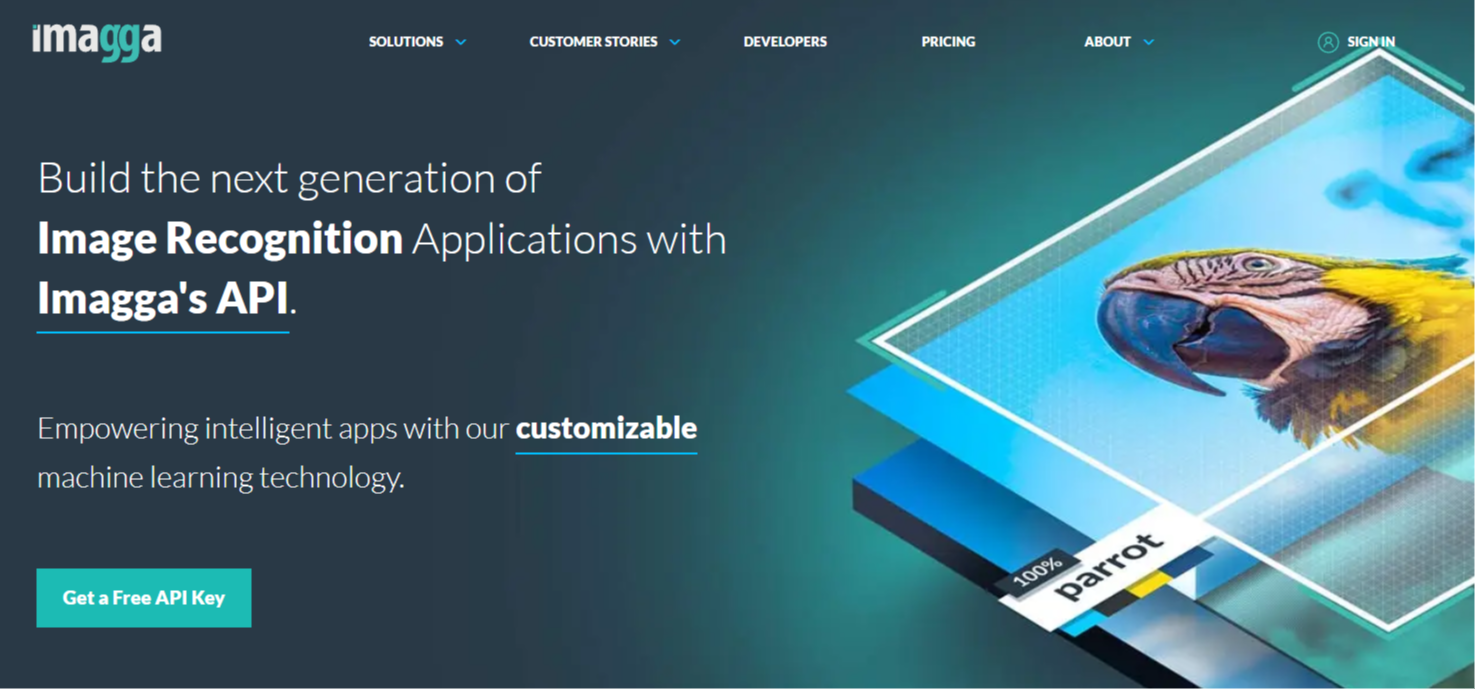
Imagga is a versatile image recognition API that offers a wide range of features, including image categorization, color extraction, and visual search. Known for its speed and accuracy, Imagga enables businesses to automate image tagging, organize large image libraries, and enhance user experiences with AI-driven visual search functionality. Its ability to handle both general and domain-specific models makes it adaptable for various industries, from e-commerce and fashion to digital marketing and media.
A key advantage of Imagga is its easy-to-use API and customizable models, allowing developers to tailor the platform to their specific needs. With flexible deployment options, including cloud and on-premise, Imagga is a great choice for businesses looking for scalable and reliable image recognition solutions.
Ximilar
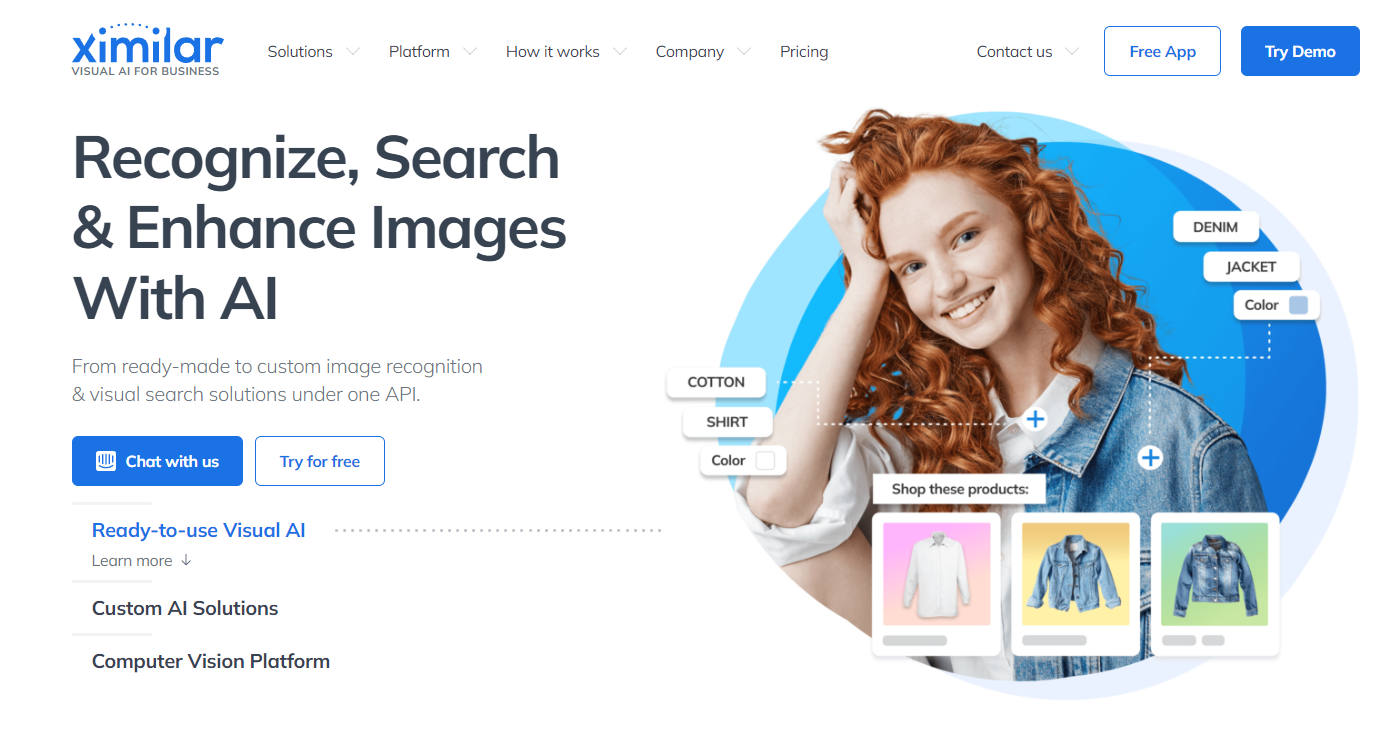
Ximilar is an AI-powered image recognition platform that specializes in visual search and image classification. Designed for industries like fashion, retail, and manufacturing, Ximilar offers highly customizable and scalable solutions that allow businesses to create tailored image recognition models. Its features include object detection, similarity search, and automated tagging, enabling companies to streamline their workflows and improve customer experiences with advanced visual technology.
One of Ximilar's standout strengths is its flexibility, providing both cloud-based and on-premise deployment options. The platform also offers easy integration with existing systems, making it a preferred choice for businesses that require specialized image recognition solutions without compromising performance or scalability.
Hive
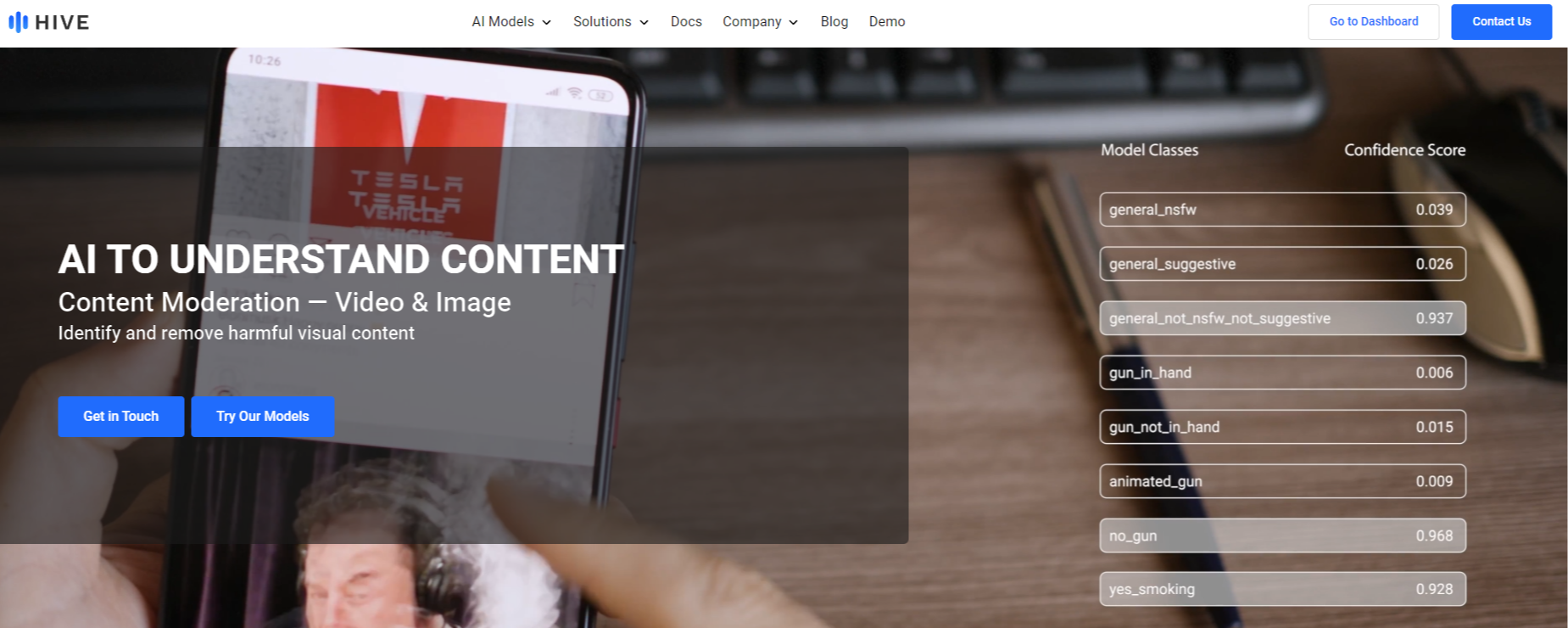
Hive is an AI-powered image and video recognition platform known for its content moderation, facial recognition, and object detection capabilities. Widely used in industries such as media, entertainment, and social platforms, Hive offers real-time analysis to detect inappropriate content, identify faces, and recognize various objects in images and videos. Its scalable infrastructure supports large volumes of data, making it ideal for high-traffic environments like streaming services and social networks.
One of Hive’s standout features is its ability to handle complex content moderation tasks, ensuring safety and compliance in user-generated content. With its fast, accurate processing and easy integration into existing workflows, Hive is a reliable choice for companies looking to automate content analysis and improve operational efficiency.
Picpurify
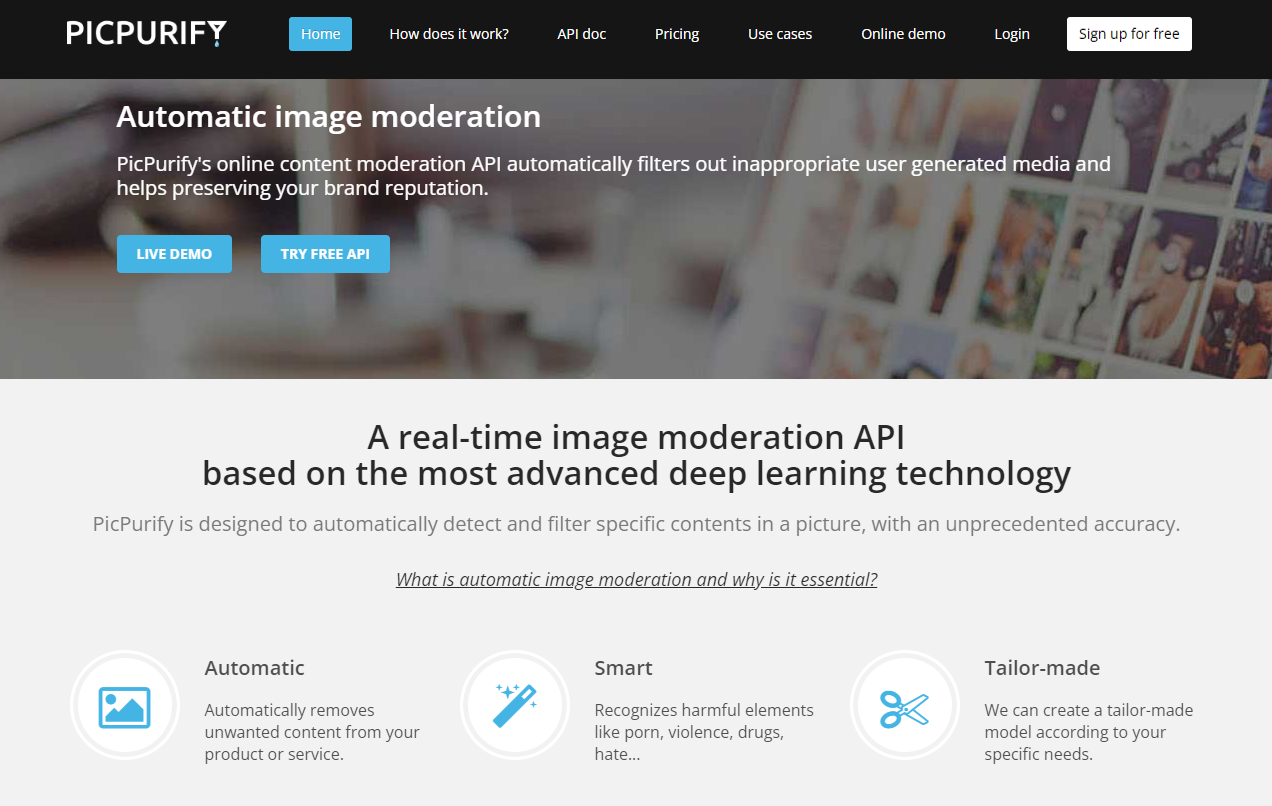
Picpurify is a specialized image and video moderation API designed to detect harmful or inappropriate content in real-time. Using advanced AI models, Picpurify can identify and filter out explicit material, violence, hate speech, and other objectionable content, making it ideal for platforms that handle user-generated content, such as social media and online communities. Its fast processing ensures that content is moderated swiftly to maintain a safe and compliant environment.
One of Picpurify's key advantages is its flexibility, offering customizable moderation rules that cater to specific business needs. With easy integration, scalable solutions, and support for multiple languages, Picpurify is a trusted choice for companies seeking robust and efficient content moderation tools.
How to Choose the Right Image Recognition API for Your Project

Selecting the right image recognition API for your project requires careful consideration of several factors to ensure it meets both your technical and business needs. Here are three key areas to focus on when making your decision.
Assessing Your Needs
Before choosing an API, it's crucial to clearly define your project’s requirements. Are you looking for basic image recognition like object detection, or do you need more advanced features like facial recognition, OCR, or emotion analysis? Consider the specific use cases—whether you're working on content moderation, e-commerce, or healthcare—since some APIs are better suited for specialized tasks. Understanding the scope and complexity of your project will help narrow down the best API options for your needs.
Budget Considerations
Budget plays a significant role in selecting the right API, as pricing models vary widely. Some APIs offer free tiers with limited features or usage caps, while others operate on pay-as-you-go models that charge based on the number of requests. Evaluate both your current and future needs to ensure the API fits within your budget as your project scales. It’s also important to be aware of any hidden costs, such as additional fees for premium features or higher traffic volumes.
Integration and Developer Support
Ease of integration is another key factor when choosing an API. Look for well-documented APIs that provide clear instructions, code samples, and support for the programming languages or frameworks you’re using. APIs that offer SDKs, libraries, or plugins can make the integration process faster and more seamless. Additionally, strong developer support, including community forums, troubleshooting guides, and responsive customer service, can save time and prevent roadblocks during implementation.
For example, Luxand offera API and SDK as well.
Conclusion
In conclusion, selecting the best image recognition API depends on the specific needs of your project, including the type of image analysis required, scalability, and ease of integration. From the versatile capabilities of Google Cloud Vision and Amazon Rekognition to specialized platforms like Luxand.cloud for facial recognition and Picpurify for content moderation, each API offers unique strengths that cater to different use cases. Whether you need object detection, facial recognition, or image categorization, the right API can streamline processes and enhance user experiences across various industries. As technology continues to evolve, these image recognition APIs will play an increasingly pivotal role in powering AI-driven applications and transforming how we interact with visual data.
